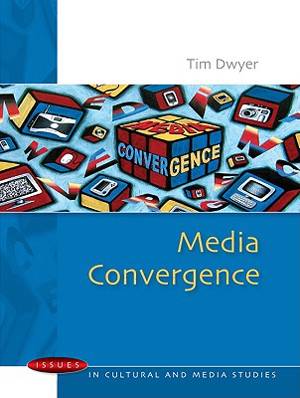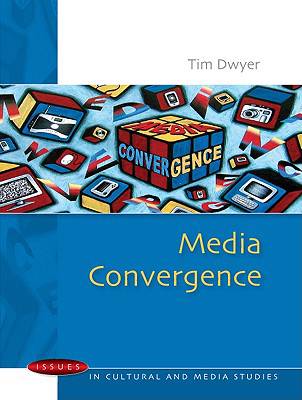
- Afhalen na 1 uur in een winkel met voorraad
- Gratis thuislevering in België vanaf € 30
- Ruim aanbod met 7 miljoen producten
- Afhalen na 1 uur in een winkel met voorraad
- Gratis thuislevering in België vanaf € 30
- Ruim aanbod met 7 miljoen producten
Omschrijving
The book displays considerable attention to institutional detail and comparative analysis, and is well designed to provide a road map of current and future trends for policy makers and media activists, as well as students and future workers in the convergent media space."
Professor Terry Flew, Creative Industries Faculty, Queensland University of Technology, Australia" How will people access digital media content in the future? What combination of TV, computer or mobile device will be employed? Which kinds of content will become commonplace? Rapid changes in technology and the media industries have led to new modes of distributing and consuming information and entertainment across platforms and devices. It is now possible for newspapers to deliver breaking news by email alerts or RSS feeds, and for audiovisual content to be read, listened to or watched at a convenient time, often while on the move.
This process of 'media convergence', in which new technologies are accommodated by existing media industries, has broader implications for ownership, media practices and regulation. Dwyer critically analyses the political, economic, cultural, social, and technological factors that are shaping these changing media practices.
There are examples of media convergence in everyday life throughout, including IPTV, VoIP and Broadband networks. The impacts of major traditional media players moving into the online space is illustrated using case studies such as the acquisition of the social networking site MySpace by News Corporation, and copyright issues on Google's YouTube.
This informative resource is key reading for media studies students, researchers, and anyone with an interest in media industries, policy and regulation.
Specificaties
Betrokkenen
- Auteur(s):
- Uitgeverij:
Inhoud
- Aantal bladzijden:
- 218
- Taal:
- Engels
- Reeks:
Eigenschappen
- Productcode (EAN):
- 9780335228737
- Verschijningsdatum:
- 1/05/2010
- Uitvoering:
- Paperback
- Formaat:
- Trade paperback (VS)
- Afmetingen:
- 168 mm x 221 mm
- Gewicht:
- 385 g

Alleen bij Standaard Boekhandel
Beoordelingen
We publiceren alleen reviews die voldoen aan de voorwaarden voor reviews. Bekijk onze voorwaarden voor reviews.











